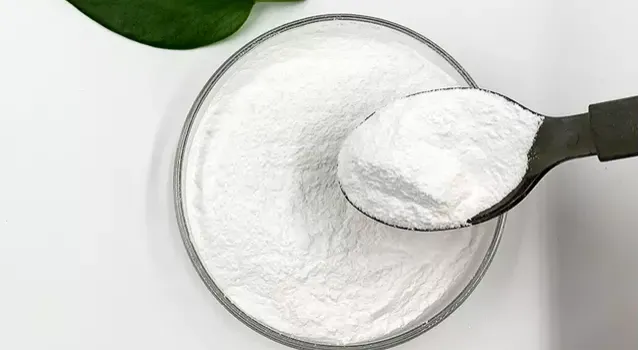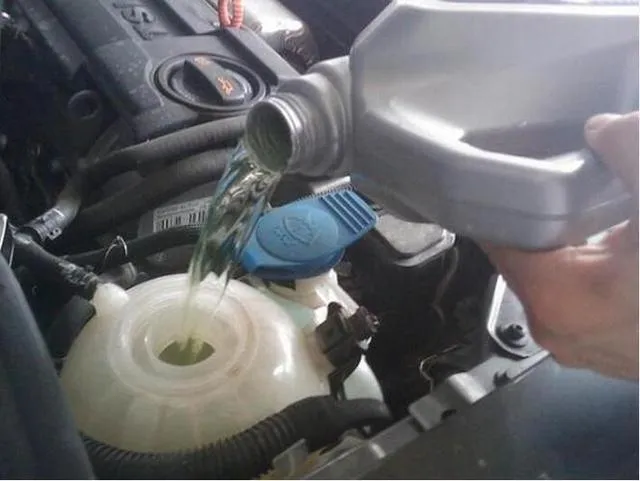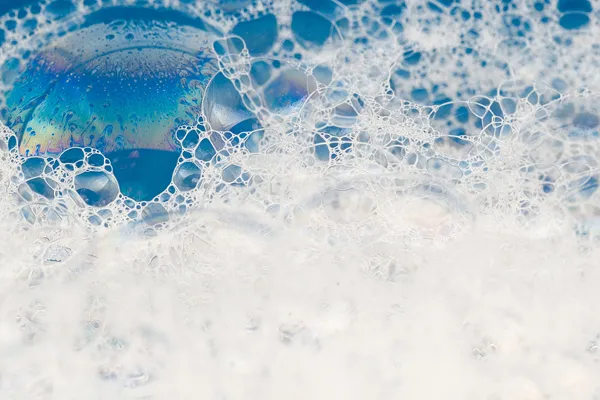
Antifoaming Agents in Industry: Functions, Types, and Applications
Foam generation can interfere with the efficiency and quality of industrial processes, making antifoaming agents indispensable in many sectors. These compounds are specifically formulated to reduce or eliminate foam, ensuring smooth operations. There are various types of antifoaming agents, each designed to meet the needs of specific environments or chemical systems.

Understanding the Types and Functions of Antifoaming Agents
The most widely used categories include:
- Silicone-based antifoams– known for their stability and effectiveness in a wide range of systems.
- Oil-based and emulsion-based agents– ideal for less aggressive or water-based applications.
- Chemical antifoam agent– often synthetic and formulated for compatibility with harsh industrial chemicals.
- Natural defoaming agent– derived from biodegradable and renewable sources like vegetable oils and plant waxes, commonly used in environmentally sensitive or food-grade systems.
The choice among these types of antifoaming agents depends on the viscosity, temperature, and chemical properties of the system where foam control is needed. In processes that involve stringent safety and environmental regulations, a natural defoaming agent is often preferred for its low ecological impact and non-toxic nature.

Industry Applications and Real-World Examples
Antifoaming agents play a crucial role across many sectors, from automotive to pharmaceuticals. In engine maintenance and machinery cooling systems, for example, an anti foaming agent for coolant helps prevent the formation of foam that can reduce cooling efficiency or lead to equipment overheating. These formulations are specially designed to withstand high temperatures and prolonged operation, maintaining system stability over time.
In the medical and healthcare industry, anti foaming agent pharmaceutical applications are equally vital. These agents are incorporated into drugs, particularly in treatments for digestive disorders, to reduce bloating and gas caused by excess foam in the gastrointestinal tract. Simethicone is a well-known example in this category.

To illustrate the diversity of solutions available, here are a few examples of antifoaming agents:
- Simethicone– widely used in pharmaceuticals.
- Polydimethylsiloxane (PDMS)– a silicone-based chemical antifoam agent used in industrial and food processing.
- Fatty alcohols and esters– often used as a natural defoaming agent in environmentally friendly systems.
- Polyether-modified silicones– suitable for applications like paints, inks, and coatings.
- Mineral oil-based compounds– frequently used in pulp and paper manufacturing.
Each of these examples of antifoaming agents serves a specific function, whether it’s ensuring consistent flow in manufacturing or maintaining the effectiveness of a medicinal product.
FAQ
1、What are the main types of antifoaming agents?
The types of antifoaming agents include silicone-based, oil-based, chemical antifoam agent, and natural defoaming agent, each suited for specific process requirements.
2、What is a natural defoaming agent?
A natural defoaming agent is made from biodegradable ingredients like vegetable oils or plant waxes, ideal for food, cosmetic, or eco-friendly industrial uses.
3、What is an anti foaming agent for coolant used for?
An anti foaming agent for coolant is used in automotive and industrial cooling systems to prevent foam formation that could interfere with heat transfer.
4、What is an anti foaming agent pharmaceutical application?
An anti foaming agent pharmaceutical is commonly used in products like simethicone to reduce gastrointestinal discomfort caused by gas and foam.
5、What is a chemical antifoam agent?
A chemical antifoam agent is a synthetic formulation designed to reduce foam in aggressive chemical environments such as industrial processing or wastewater treatment.
6、Can you give some examples of antifoaming agents?
Yes, examples of antifoaming agents include simethicone, PDMS, mineral oils, fatty esters, and polyether-modified silicones.
Foam may seem like a minor nuisance, but in industrial and pharmaceutical contexts, it can significantly reduce efficiency, increase costs, and compromise product quality. Understanding the types of antifoaming agents, from natural defoaming agent options to synthetic chemical antifoam agent solutions, allows manufacturers to choose the most appropriate and effective additive. Whether it's an anti foaming agent for coolant, a formulation for pharmaceutical use, or any of the many examples of antifoaming agents available today, the right choice ensures cleaner, safer, and more efficient production processes.
-
Hydroxypropyl Starch as a Sustainable Construction AdditiveNewsNov.24,2025
-
The Gelation Properties of CMCNewsNov.21,2025
-
Redispersible Latex Powder and Water Retention CapacityNewsNov.21,2025
-
Dosage Control for Polycarboxylate Water ReducerNewsNov.21,2025
-
Film-Forming Properties of Polyvinyl AlcoholNewsNov.21,2025
-
The Function of Gypsum Additives in MortarNewsNov.21,2025





















